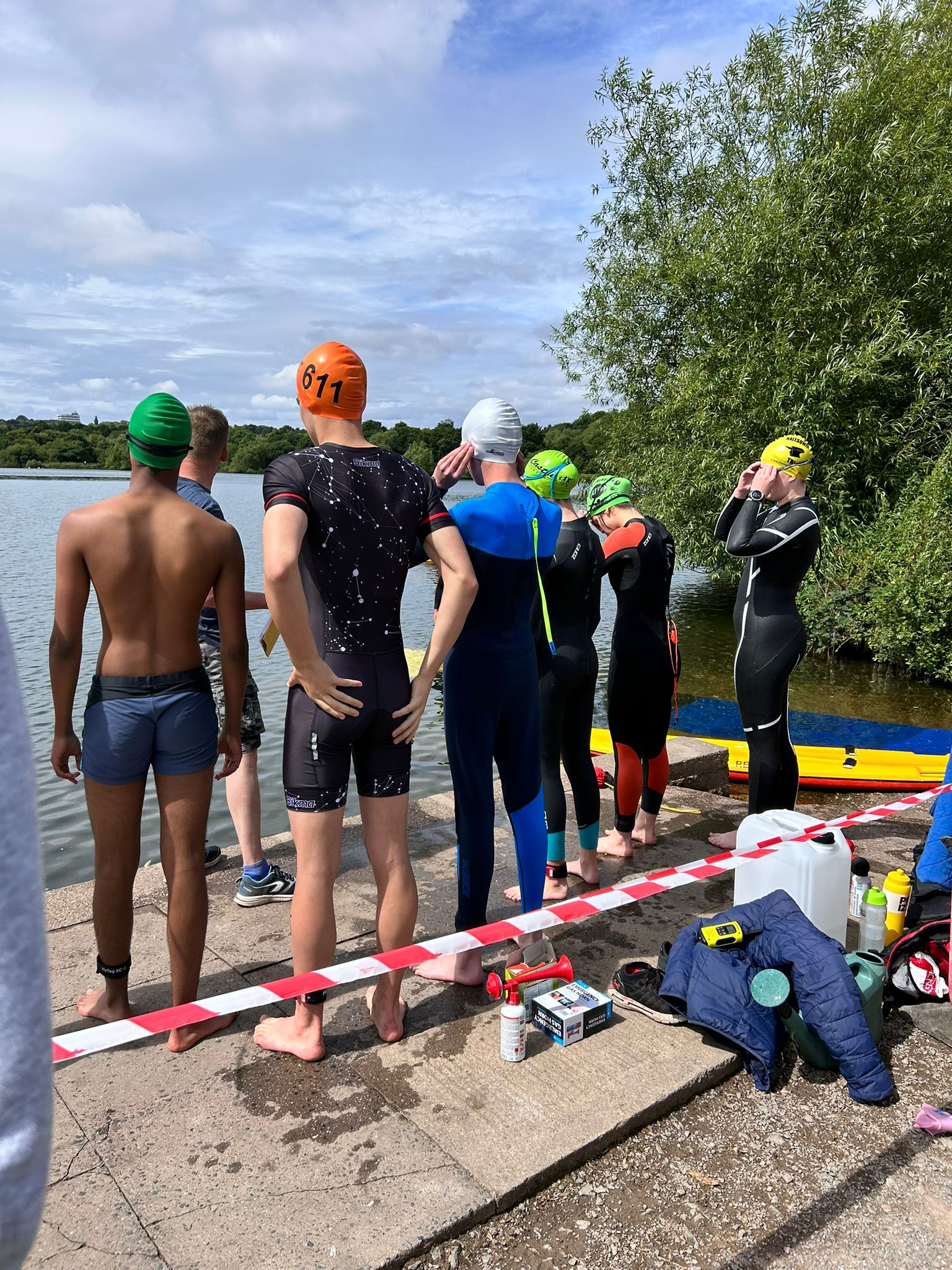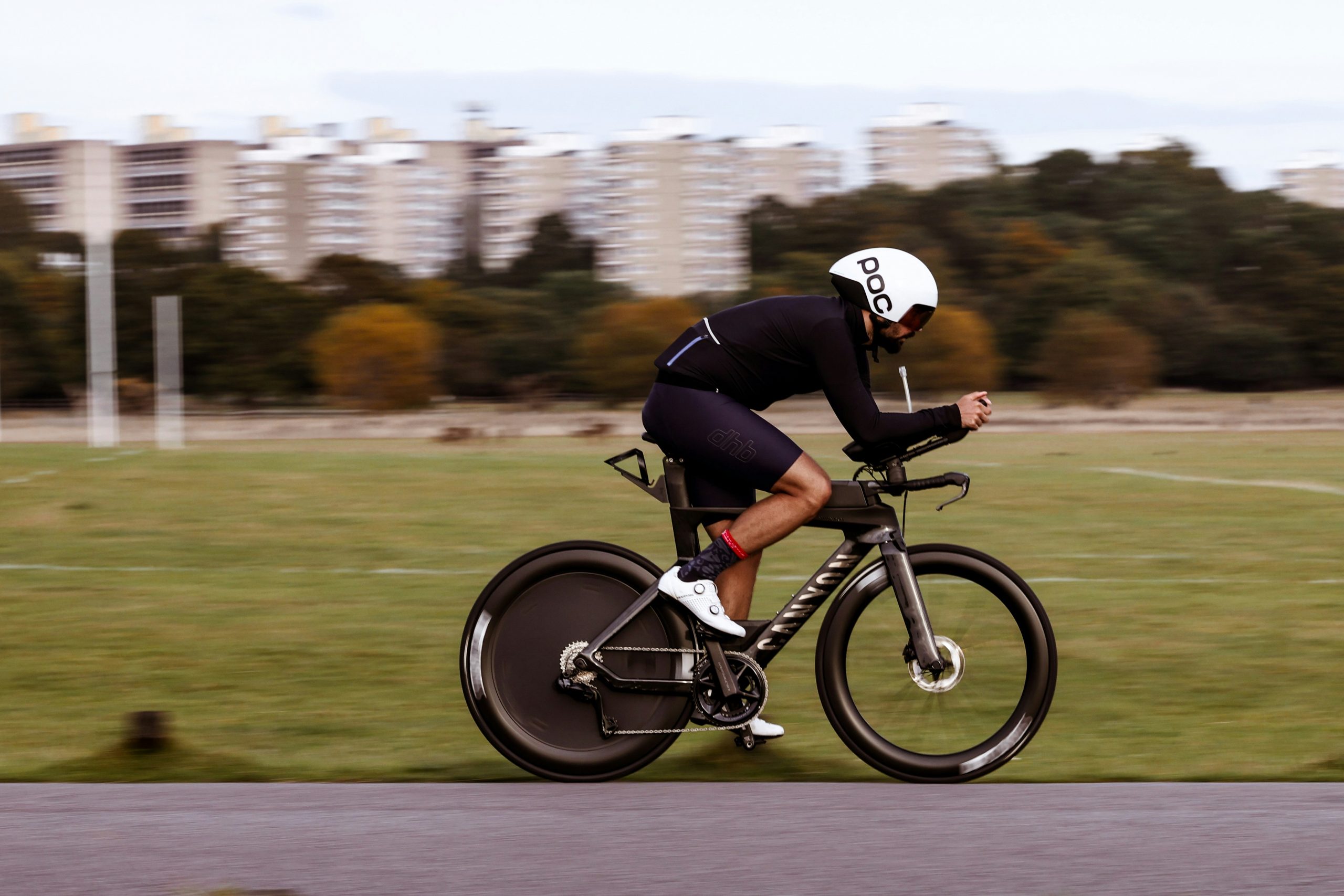Here’s a comprehensive overview of the main multisport disciplines and their key differences:

Triathlon
The classic and most well-known multisport event, consisting of three sequential disciplines: swimming, cycling, and running. Athletes must complete all three segments without stopping, with transitions between each discipline. Common distances include Sprint (750m swim, 20km bike, 5km run), Olympic/Standard (1.5km swim, 40km bike, 10km run), and Ironman (3.8km swim, 180km bike, 42.2km marathon run). The sport demands proficiency across three very different skill sets and significant equipment investment for quality bikes and wetsuits.
Duathlon
A two-discipline event combining running and cycling in a run-bike-run format. Typically starts with a run leg, transitions to cycling, then finishes with another run segment. This eliminates the swimming component, making it more accessible to those uncomfortable with open water swimming or lacking pool access for training. Popular distances include Sprint duathlon (5km run, 20km bike, 2.5km run) and Standard duathlon (10km run, 40km bike, 5km run). The sport emphasizes the transition from running to cycling and back to running, requiring athletes to manage the different muscle groups and pacing strategies.
Aquathlon
A swim-run combination that strips away the cycling element entirely. Events typically feature an open water swim followed immediately by a running leg. This discipline appeals to athletes who enjoy swimming and running but prefer not to invest in cycling equipment or develop cycling skills. Common formats include various distances from sprint versions (400m swim, 2.5km run) to longer challenges. The transition from horizontal swimming to vertical running creates unique physiological demands, as athletes must quickly adapt from using primarily upper body and core muscles to engaging the legs for running.
Aquabike
A swim-bike combination that eliminates the running component. Athletes complete a swimming leg followed by cycling, finishing after the bike segment. This discipline suits those with running injuries, joint issues, or simply preference for the technical aspects of swimming and cycling without the impact stress of running. Aquabike events often mirror triathlon swim and bike distances but conclude without the run leg. The format has gained popularity among masters athletes and those with lower-body injuries that prevent running.

Other Multisport Variations
Winter Triathlon combines cross-country skiing, mountain biking (often with specialized winter tires), and running, adapting the concept to cold weather conditions.
Cross Triathlon or XTERRA takes place in natural environments using mountain biking and trail running combined with open water swimming, emphasizing technical terrain and outdoor adventure.
Swim-Run events alternate between swimming and running segments multiple times throughout the race, often conducted in teams of two with unique equipment requirements.
Each discipline attracts different athlete profiles based on their strengths, equipment preferences, injury considerations, and training environments. The beauty of multisport lies in this variety – athletes can find formats that match their abilities, interests, and circumstances while still challenging themselves across multiple physical disciplines. The transitions between sports in all these events add tactical and physiological complexity that distinguishes multisport from single-discipline endurance events.
